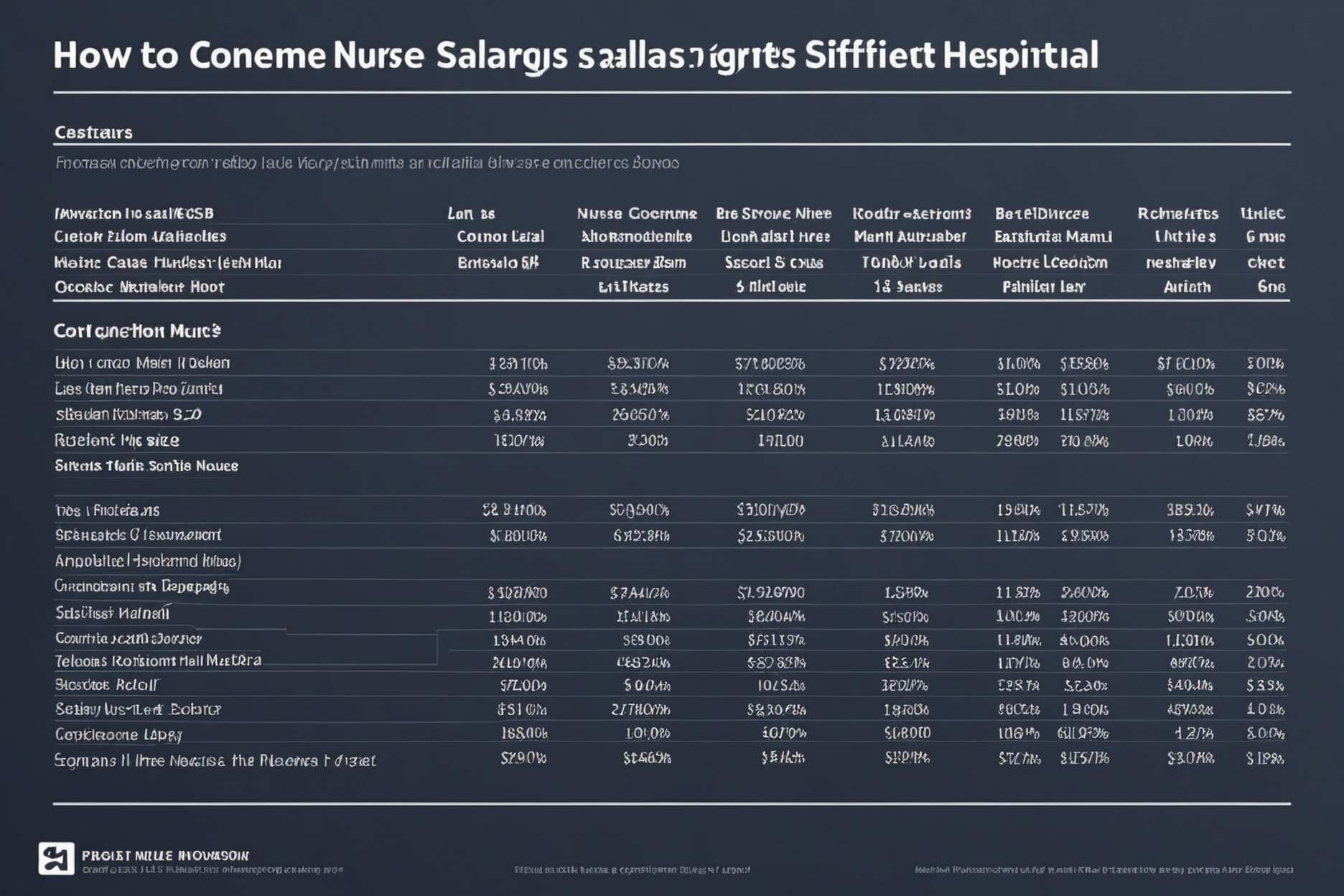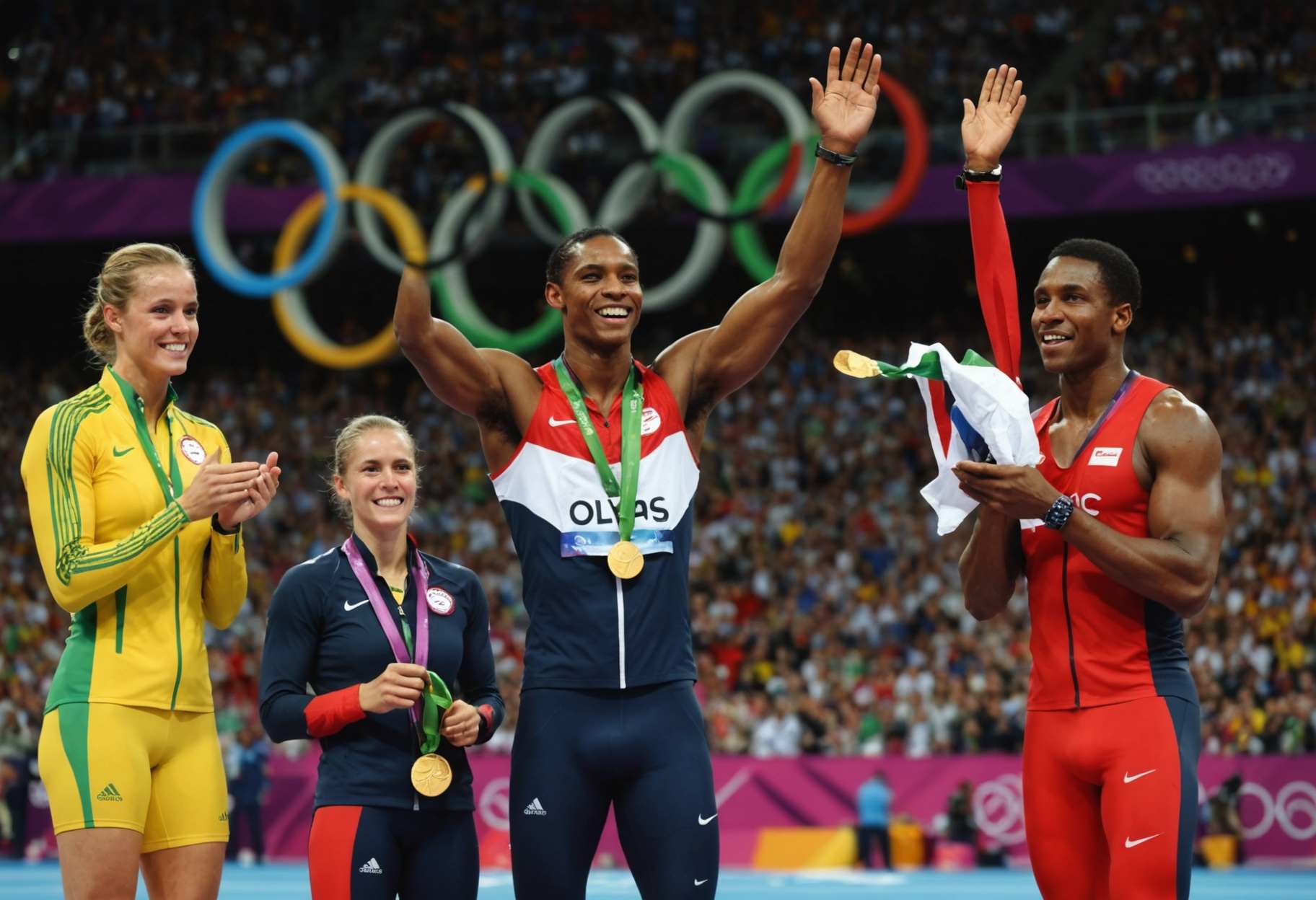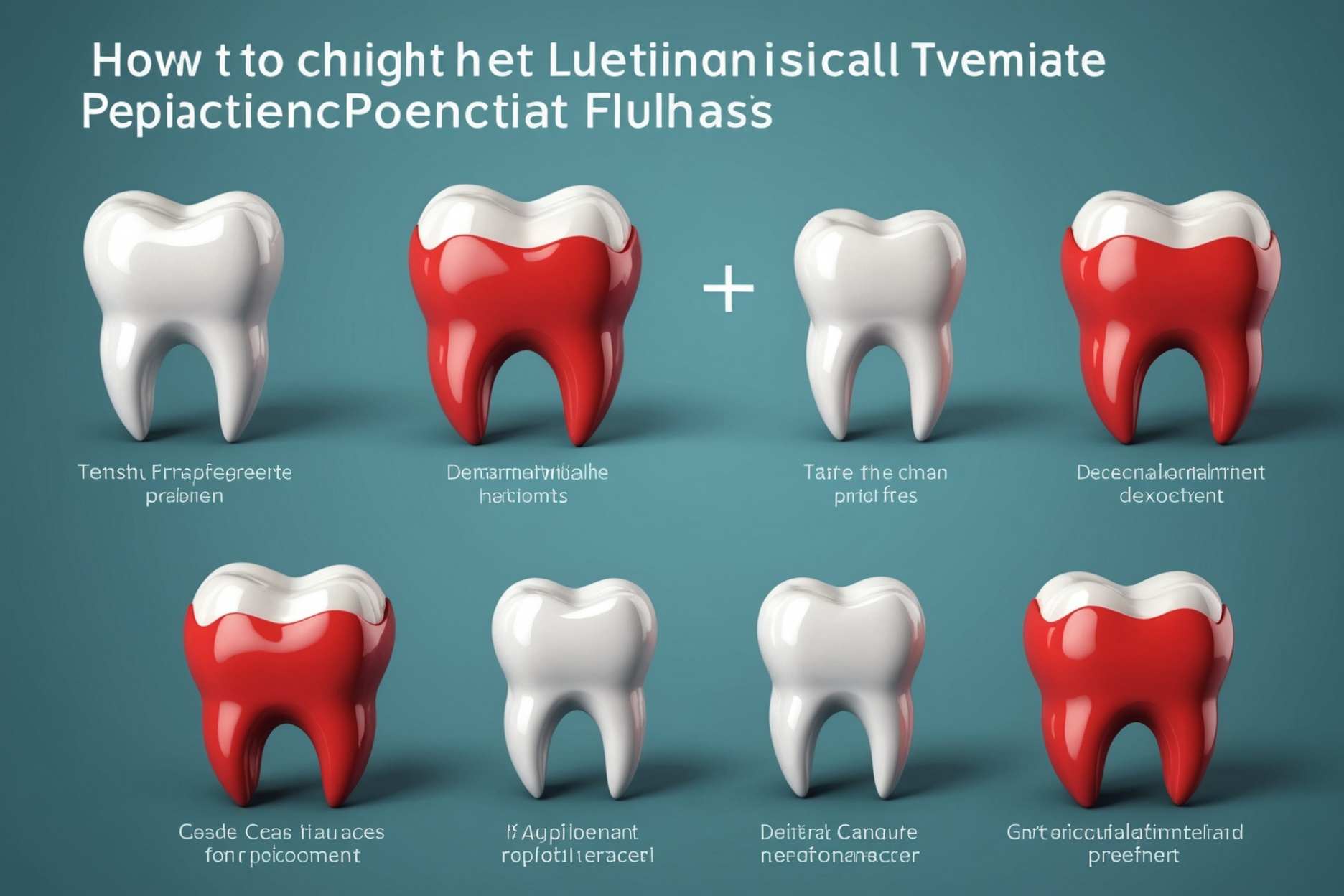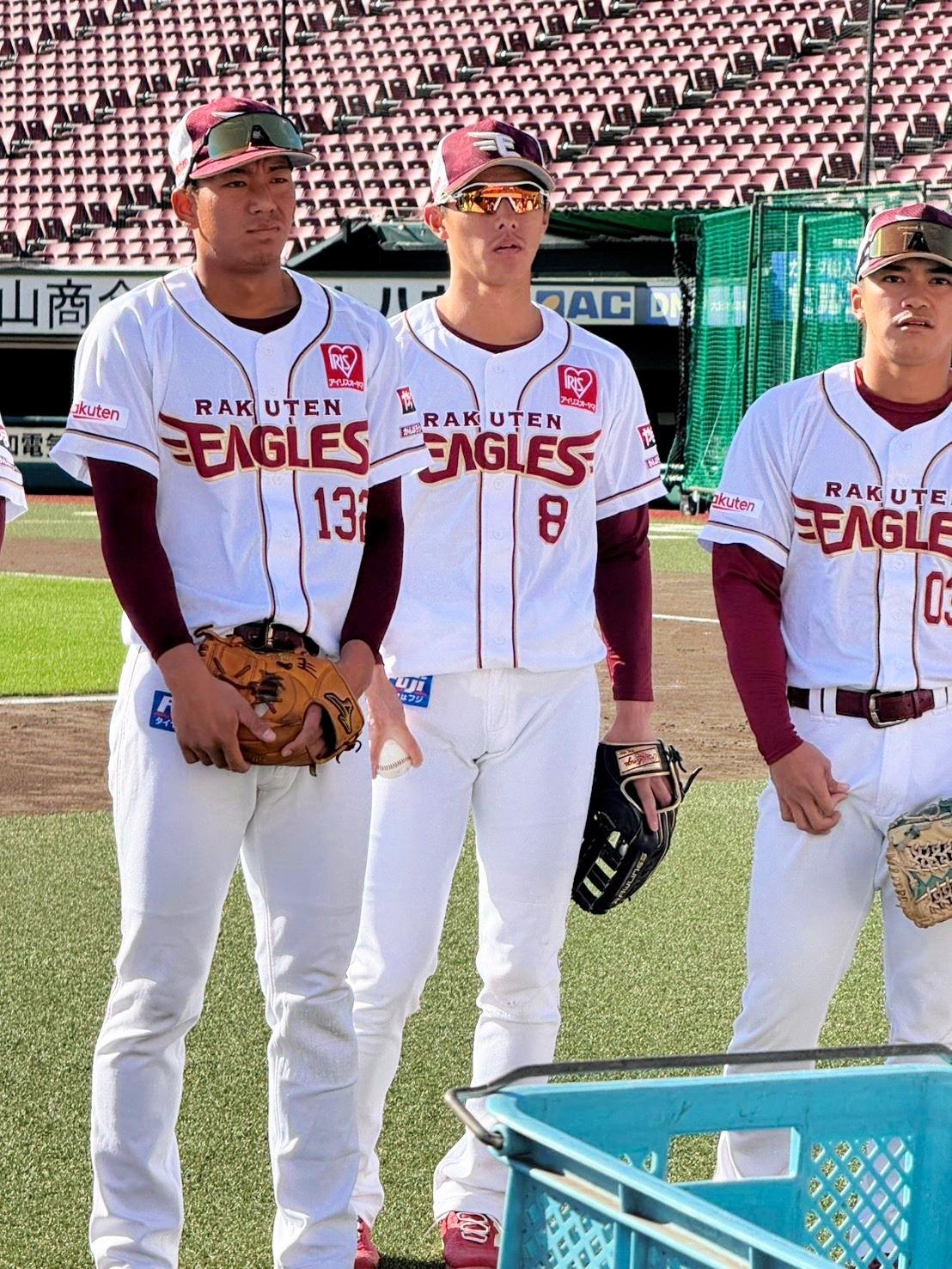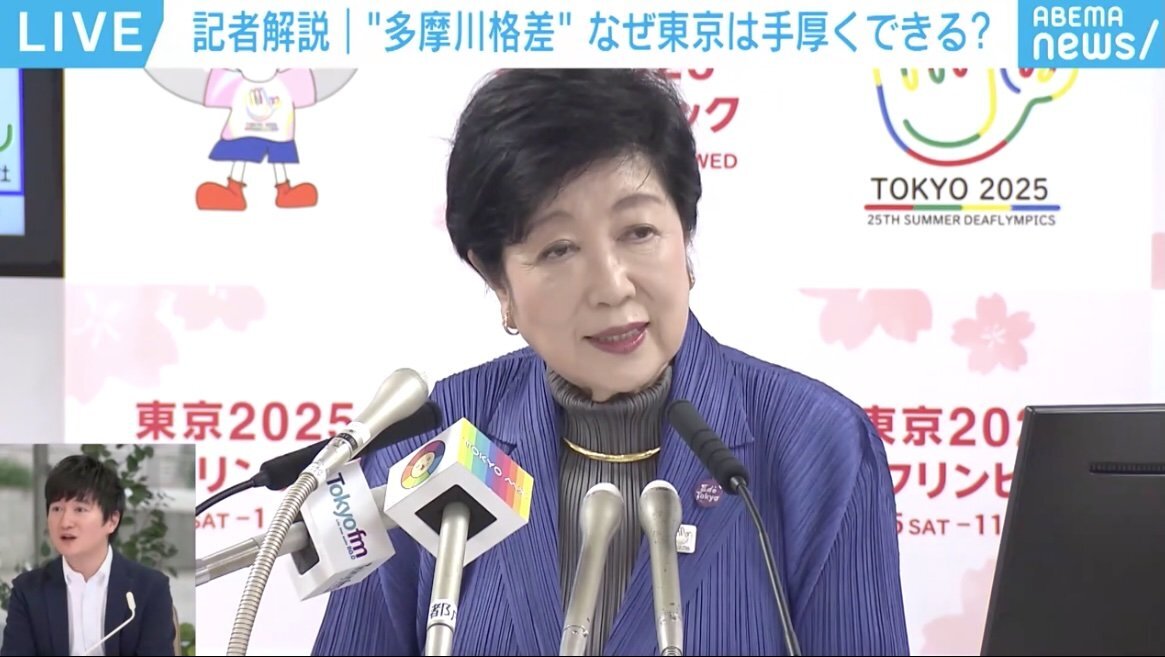
A new study that examines how kissing evolved suggests that ape ancestors and early humans like Neanderthals probably locked lips with their friends and sexual partners. The behavior may date back 21 million years.
Humanity’s earliest kisses were recorded 4,500 years ago in Mesopotamia and Ancient Egypt, but Matilda Brindle, lead author of the research and an evolutionary biologist at Oxford’s Department of Biology, said kissing presents an “evolutionary conundrum.”
It appears to carry high risks, such as disease transmission, while offering no obvious reproductive or survival advantage, she said.
“Kissing is one of these things that we were just really interested in understanding,” Brindle, who studies sexual behavior in primates, told CNN. “It’s pervasive across animals, which gives you a hint that it might be an evolved trait.”
Kissing, which the team defined as non-aggressive, mouth-to-mouth contact that doesn’t involve food, isn’t something that can be detected in the fossil record, so Brindle and her colleagues used a different approach.
From existing scientific literature, the researchers collected information on which modern primate species have been observed kissing; these included chimpanzees, bonobos, orangutans and one species of gorilla.
The team then ran a phylogenetic analysis, which allows scientists to infer information about traits in extinct species based on behavioral data from living animals. It involves reconstructing a tree or map of how different primate species are related based on genetic information, Brindle explained.
“With that information, we can kind of travel back through time,” she said.
Prehistoric kisses
The team deployed statistical modeling to simulate different evolutionary scenarios along the branches of the tree to estimate the probability that different ape ancestors kissed. For example, she said chimpanzees, bonobos and humans all kiss, so it’s likely that the last shared ancestor of all those species did, too. To give robust estimates, the model was run 10 million times.
The results, published Wednesday in the journal Evolution and Human Behavior, suggested that kissing is an ancient trait in the large apes, evolving in an ancestor of that group between 21.5 million and 16.9 million years ago.
This means that extinct human relatives, such as Neanderthals, were likely to have engaged in kissing, too. It’s also possible — since scientists know that our species, Homo sapiens, interbred with Neanderthals — that humans and Neanderthals kissed one another, the study noted.
However, the model does not reveal why or how kissing evolved, Brindle said, noting that there are multiple uses, including assessing potential mates, foreplay, bonding, mitigating social tension, and chewing food before giving it to offspring.
She added there is limited data on kissing in animals outside of ape species, making it difficult to reconstruct how the trait may have developed over time. What’s more, much of the information came from animals living in captivity or sanctuaries. Additional data on kissing in different species is needed, she said.
“What we’ve done, which is a really important first step, is showing it’s an evolved trait,” Brindle said. “It’s really ancient. But why? And that’s the amazing next step if people want to pick up the mantle.”
Kissing is not a universal behavior in human society, the researched noted in the new study. It is only documented in 46% of cultures, according to a 2015 paper.
“We did find a strong evolutionary signal in kissing but it doesn’t mean it has to be retained,” Brindle explained. For some populations, she added, kissing might not be a good fit: “Primates are extremely flexible species, very intelligent, and so kissing might be useful in some contexts but not in others. And if it’s not useful, it is quite risky with high potential for disease transfer.”
Kissing is more than just “mouth-to-mouth” touching, and the study doesn’t really shed much light on why humans kiss the way they do, said Adriano Reis e Lameira, an evolutionary psychologist and primatologist at the University of Warwick, who was not involved in the work.
“The large majority of kisses humans give are not mouth-to-mouth,” he said via email.
The study sets up future research in humans and other primates to explore more subtle differences in kissing behavior, including questions around who one chooses to kiss and how, said Justin Garcia, an evolutionary biologist and executive director of The Kinsey Institute, a research center focused on studying sexuality and relationships. Garcia, who is also the author of “The Intimate Animal: The Science of Love, Fidelity and Connection,” didn’t take part in the new analysis.
“Kissing is both biological and cultural, it is a behavior that invokes the bodily senses and clearly has some evolutionary origins, but we also know it varies across individuals and populations,” Garcia said in an email.
“This is a wonderful example of the interplay of nature and nuture, including for a behavior many of us humans consider so deeply intimate.”
For more CNN news and newsletters create an account at CNN.com
latest_posts
- 1
 The most effective method to Look at Medical caretaker Compensations Across Various Clinics
The most effective method to Look at Medical caretaker Compensations Across Various Clinics - 2
 The Most Vital Crossroads in Olympic History
The Most Vital Crossroads in Olympic History - 3
 Don’t let food poisoning crash your Thanksgiving dinner
Don’t let food poisoning crash your Thanksgiving dinner - 4
 Instructions to Pick the Right Dental Expert for Teeth Substitution
Instructions to Pick the Right Dental Expert for Teeth Substitution - 5
 Figure out How to Track and Anticipate Future Cd Rates
Figure out How to Track and Anticipate Future Cd Rates
 【独占】“史上最強”日本のエース・久保建英に柿谷曜一朗が迫る、W杯で一番上を目指せるチャンス「(確率は)今回一番高いんじゃないかな」(TBS NEWS DIG Powered by JNN)
【独占】“史上最強”日本のエース・久保建英に柿谷曜一朗が迫る、W杯で一番上を目指せるチャンス「(確率は)今回一番高いんじゃないかな」(TBS NEWS DIG Powered by JNN) Must-Sit in front of the Programs from Europe and the US
Must-Sit in front of the Programs from Europe and the US Instructions to Pick the Right Gold Speculation Procedure: Exploring the Market
Instructions to Pick the Right Gold Speculation Procedure: Exploring the Market 7 Delightful Ferris Wheels, Do You Like Them?
7 Delightful Ferris Wheels, Do You Like Them? ‘The White Lotus’ sparked online interest in risky anxiety pills, study says
‘The White Lotus’ sparked online interest in risky anxiety pills, study says 4 Home Rec center Hardware Decisions for Little Spaces
4 Home Rec center Hardware Decisions for Little Spaces Experience Sports in Dubai: A Daredevil's Aide
Experience Sports in Dubai: A Daredevil's Aide 楽天・辰己涼介が国内FA権行使表明「総合的に判断して伝えました」メジャー挑戦は「諦めたわけではなく」も「楽天含めて必要としてくれるチームがあるか」(デイリースポーツ)
楽天・辰己涼介が国内FA権行使表明「総合的に判断して伝えました」メジャー挑戦は「諦めたわけではなく」も「楽天含めて必要としてくれるチームがあるか」(デイリースポーツ) “多摩川格差”は585万円? “東京の母”はなぜこんなにリッチ? 「東京だけズルい」の背景を分析(ABEMA TIMES)
“多摩川格差”は585万円? “東京の母”はなぜこんなにリッチ? 「東京だけズルい」の背景を分析(ABEMA TIMES)
